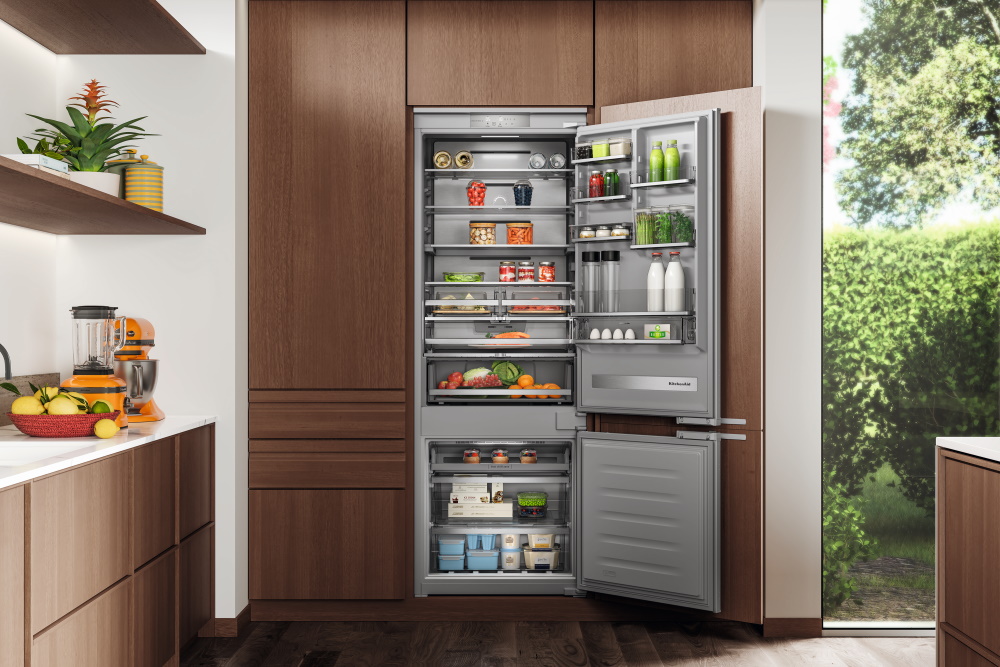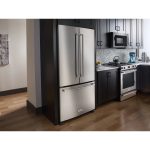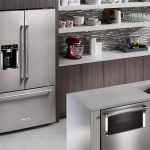KitchenAid refrigerators are known for their reliability and advanced features, including their efficient ice makers. However, even the most reliable appliances can have issues from time to time. If you’re encountering problems with your KitchenAid refrigerator’s ice maker, there are several troubleshooting steps you can take before calling in a professional. This guide will walk you through common issues, potential solutions, and when to seek further help for your ice maker.
Common Ice Maker Issues and Initial Checks
Before delving into more complex troubleshooting, there are a few common issues with straightforward solutions that can be checked first.
Assessing Power and Water Supply
Ensure that your refrigerator is plugged in and receiving power, and that the ice maker is turned on. Many KitchenAid models have a wire arm or switch to control the ice maker’s power. Also, check that there is a sufficient water supply reaching the ice maker. Verify the water line is connected and not kinked or blocked, which could impede water flow.
Temperature Settings and Sensor Check
The freezer temperature should be set between 0°F and 5°F (-18°C to -15°C) for the ice maker to function properly. If the freezer is too warm, the ice maker won’t produce ice efficiently. Some ice makers also have a sensor that stops ice production when the bin is full. Make sure nothing is blocking this sensor, as it could mistakenly signal that no more ice is needed.
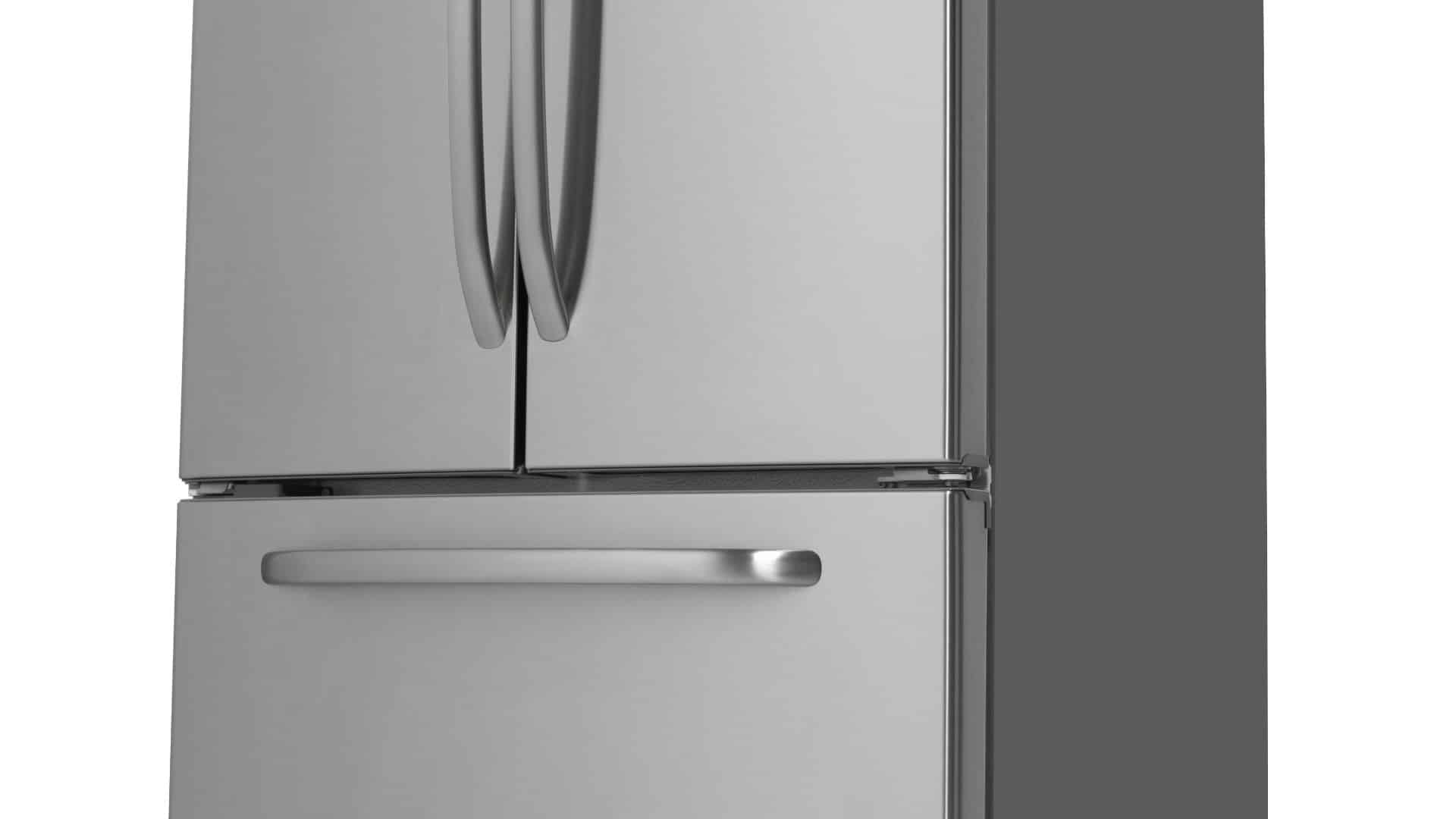
Troubleshooting Specific Ice Maker Problems
If the initial checks don’t resolve the issue, it’s time to look into specific problems that can occur with ice makers.
Inconsistent or Slow Ice Production
If the ice maker is producing ice at a slower rate than expected, it could be due to a clogged water filter. Replacing the filter can often solve this problem. Additionally, if the water pressure is too low, it can affect ice production. The water pressure should be between 30 and 120 psi. A water pressure gauge can help you determine if this is an issue.
Ice Quality and Size Concerns
Poor ice quality, such as small or cloudy ice cubes, can also be attributed to a dirty water filter or low water pressure. Replace the filter if it’s more than six months old. Moreover, check for any air in the water lines by dispensing water for at least two minutes. If problems persist, inspect the water fill tubes—they might be frozen or blocked, which affects the amount of water reaching the ice maker.
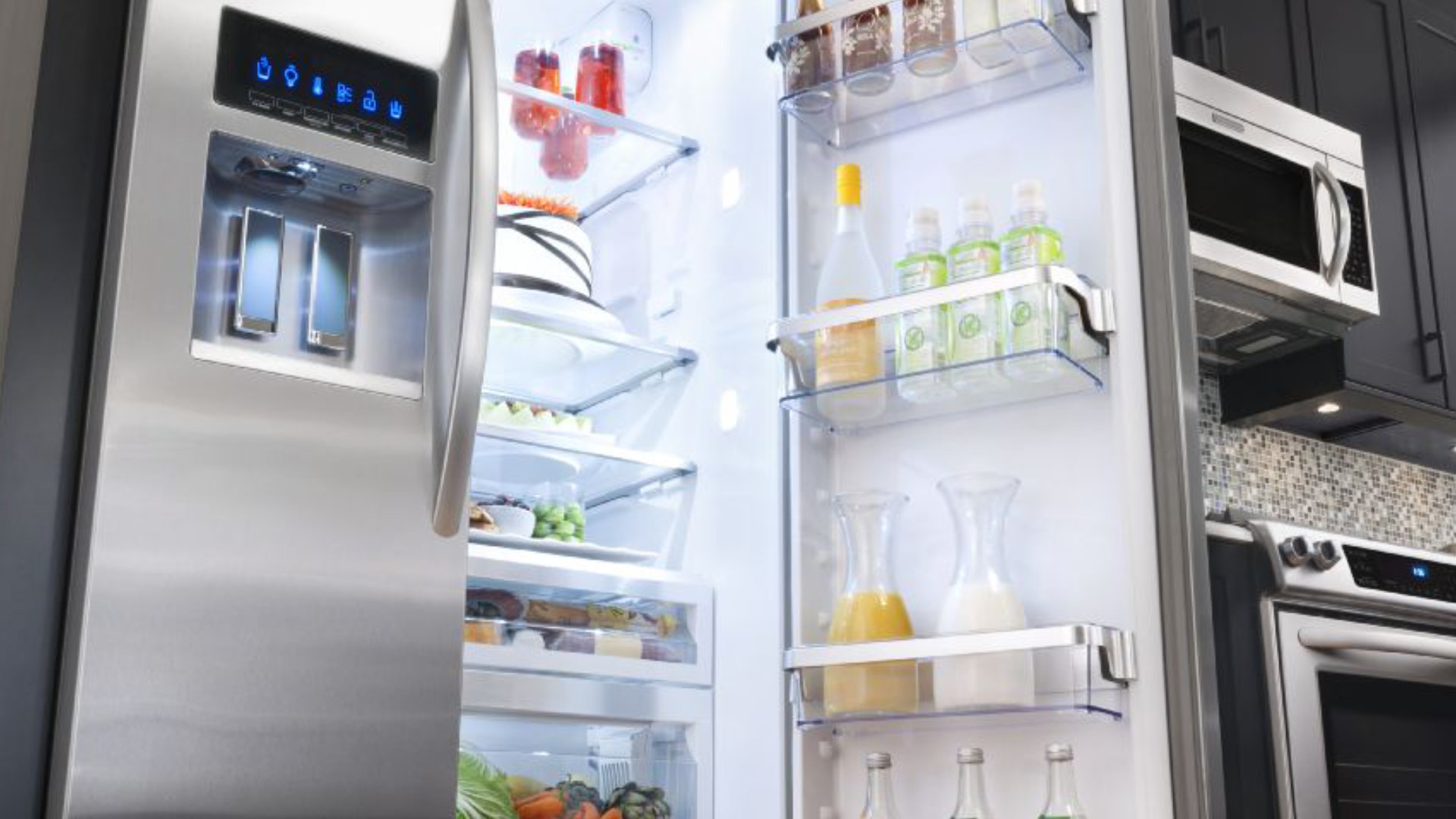
Advanced Ice Maker Troubleshooting
If the simpler fixes don’t solve the issue, you may need to delve into more advanced troubleshooting steps.
Inspecting the Ice Maker Mechanism
Sometimes the components within the ice maker can malfunction. Inspect the ejector blades for any obstructions and ensure that the ice maker mold isn’t frozen. If the mechanism is frozen, you can defrost your freezer to reset the system. Additionally, listen for unusual sounds that could indicate a motor or gear issue, which may require professional repair.
Electrical and Component Testing
More complex issues involving electrical components, such as a malfunctioning ice maker switch or control board, will require using a multimeter to test for continuity. If you’re not familiar with using a multimeter or working with electrical components, it’s best to contact a professional to avoid potential safety risks.
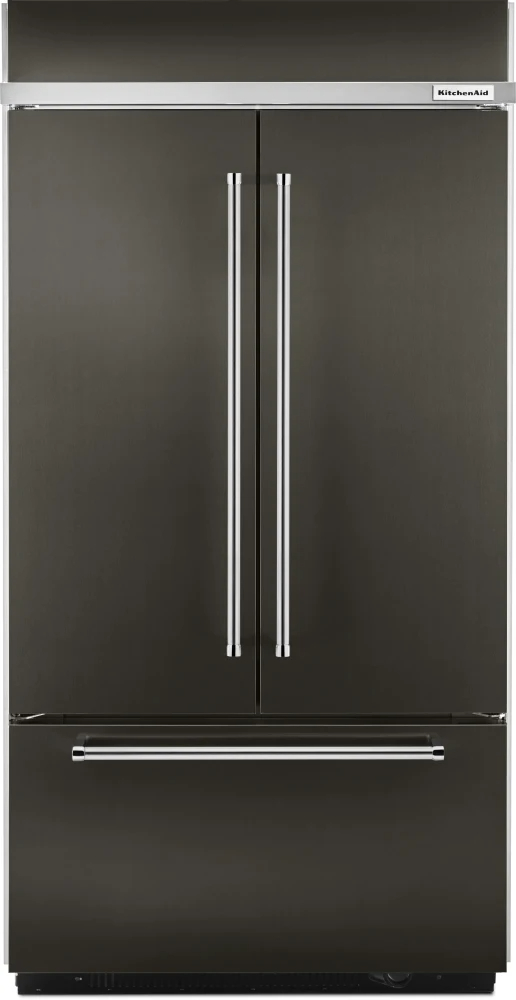
When to Contact a Professional
Recognizing when to call in a professional is crucial to avoid causing further damage to your ice maker.
Reviewing Warranty and Service Options
Before attempting advanced repairs, check if your KitchenAid refrigerator is still under warranty. If it is, contact KitchenAid customer service for assistance. Even if the warranty has expired, professional repair services can provide the necessary expertise to resolve complex issues.
Safety and Cost Considerations
There are risks involved in repairing electrical appliances, especially when dealing with refrigeration systems. If you’re unsure about any aspect of the troubleshooting process, or if the solutions involve technical expertise beyond your comfort level, it’s safer and potentially more cost-effective in the long run to seek professional help.
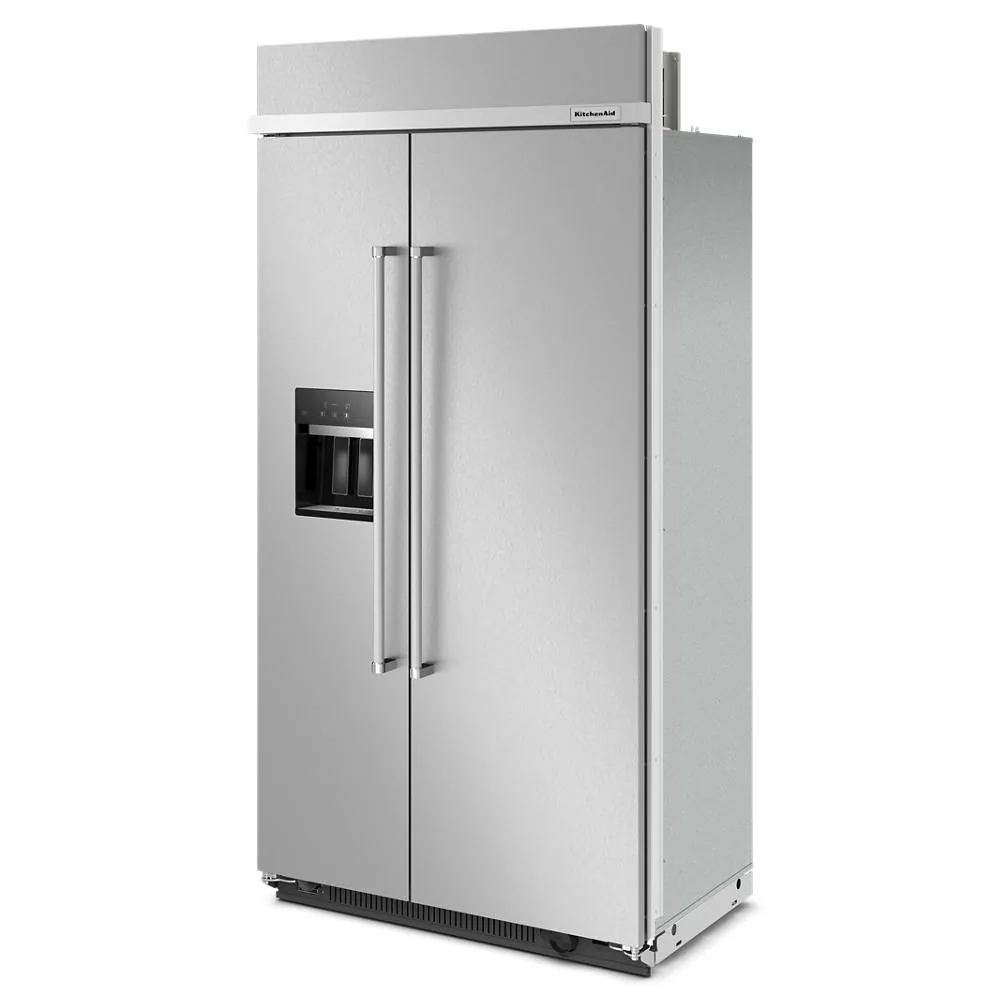
Ice Maker Troubleshooting Mastery
Troubleshooting your KitchenAid refrigerator’s ice maker can be a step-by-step process that often resolves common issues without the need for professional intervention.
Empowering Self-Sufficient Solutions
Understanding common problems and their solutions allows you to take charge of appliance maintenance. This knowledge can lead to savings on repair costs. Performing regular maintenance, like replacing the water filter, helps in preventing issues. Ensuring proper freezer temperatures is another preventive measure that can avert many problems from developing.
Recognizing Limits and Seeking Help
However, it’s important to recognize the limits of DIY troubleshooting. When faced with complex problems, or if you’re not confident in conducting certain repairs, seeking professional assistance is the best course of action. By using this guide as a starting point and knowing when to call in the experts, you can keep your KitchenAid refrigerator’s ice maker in top condition, ensuring a steady supply of ice for all your needs.

Preventative Maintenance for Long-Term Ice Maker Health
Taking proactive measures can often prevent ice maker issues before they start. Regular maintenance tasks are key to ensuring the longevity and optimal performance of your KitchenAid ice maker.
Regular Cleaning and Filter Replacement
Over time, ice makers can become dirty or clogged, which can lead to a decrease in ice quality and production. Regularly cleaning the ice bin and ensuring that any removable parts are washed can help maintain the cleanliness of the system. Additionally, replacing the refrigerator’s water filter according to the manufacturer’s schedule (usually every six months) is essential for removing contaminants and preventing blockages in the water line.
Seasonal Checks and Adjustments
Just as you might periodically inspect a donut stool for stability before a season of frequent use, it’s prudent to perform seasonal checks on your ice maker. If, during the warmer months, you detect a reduction in ice production, it could stem from a heavier freezer load or necessitate a minor adjustment of the freezer temperature to counteract the change in ambient conditions. Proactively examining your appliance prior to peak use periods can affirm your ice maker’s continuous and efficient operation, much like ensuring a donut stool’s readiness to provide reliable seating when it’s needed the most.
